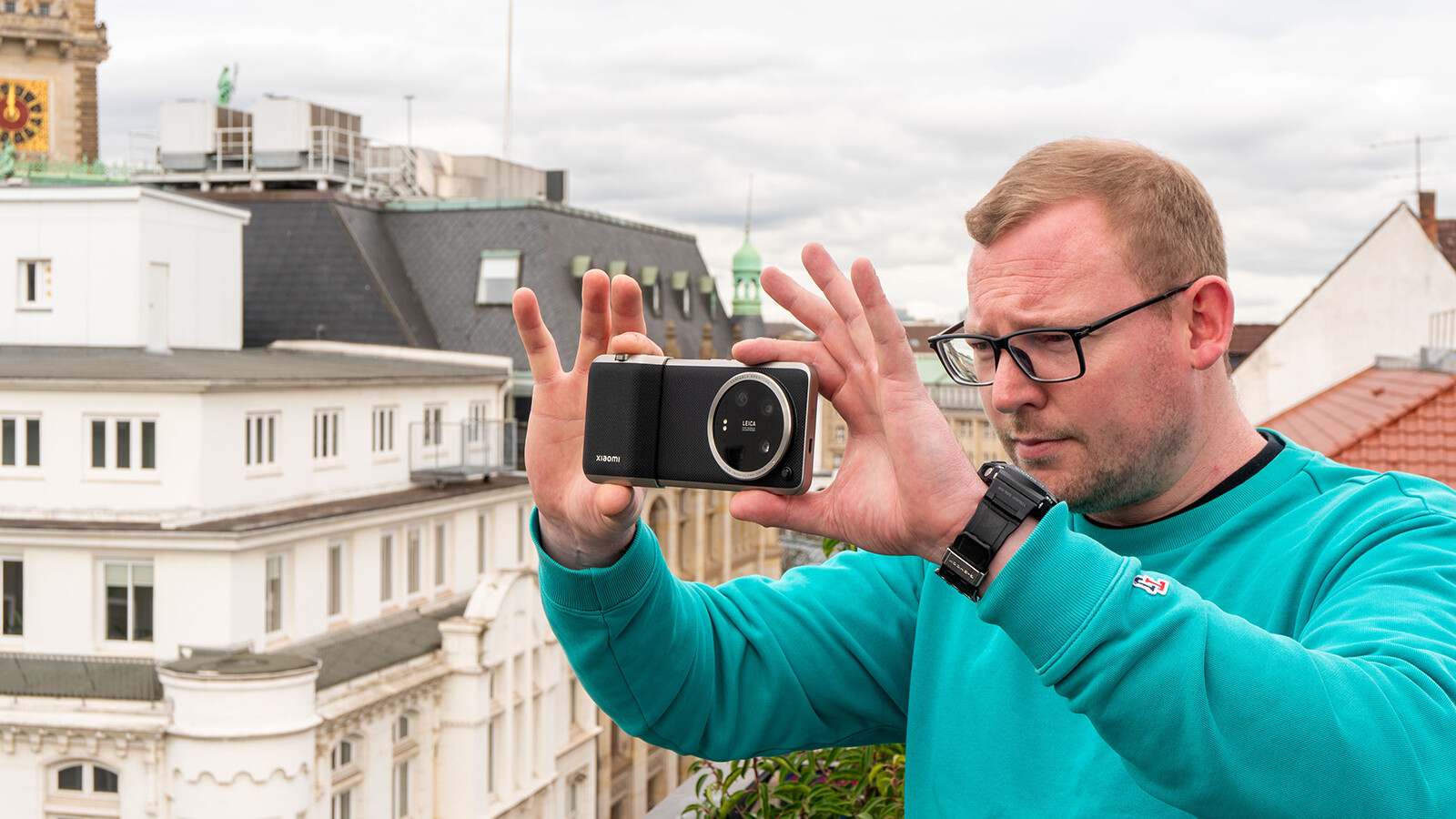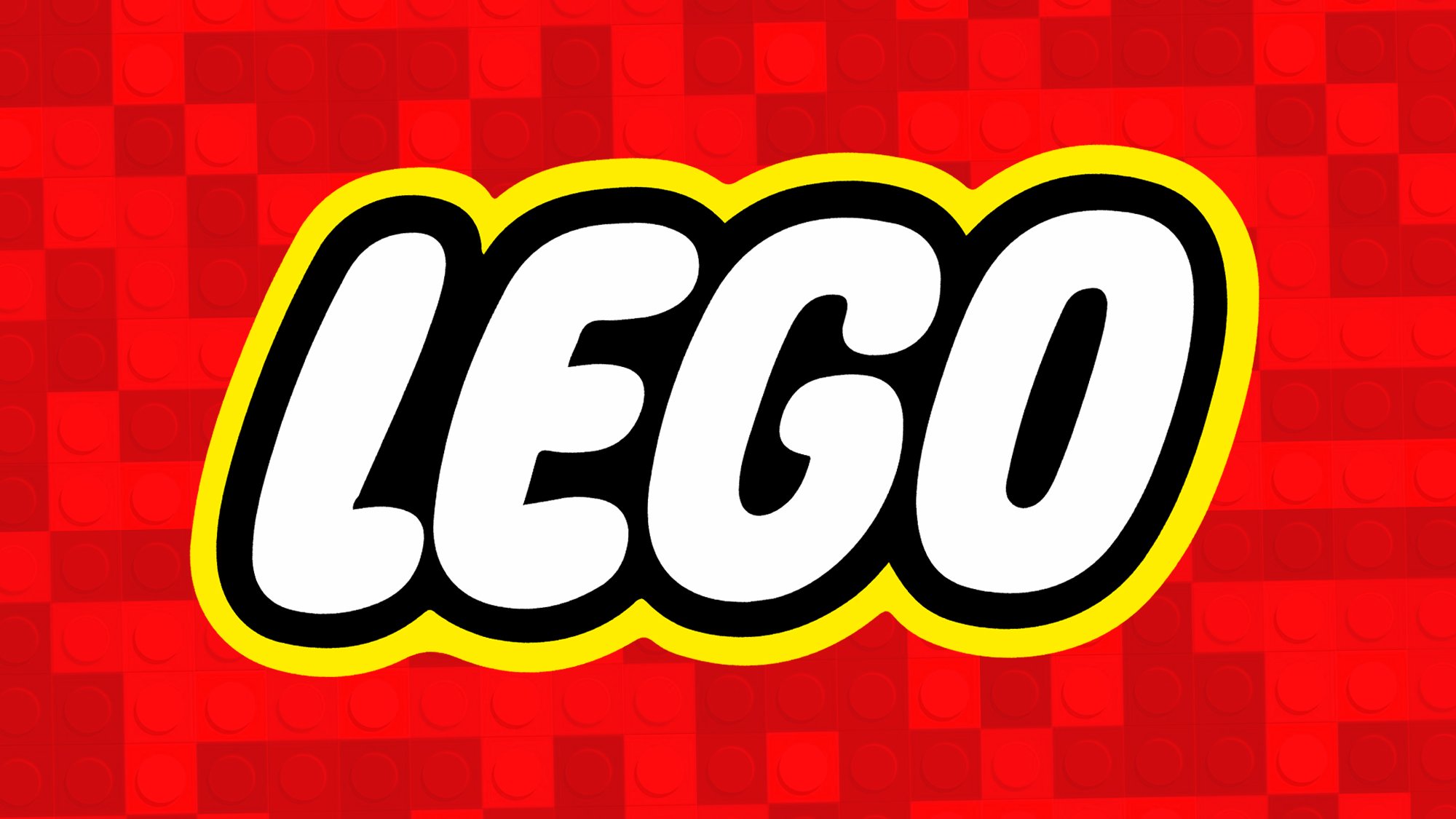
Much discussed, but not what made tech editor Nils sit up and take notice the most last week: the dome.
Admittedly, the supposed one End of curved monitors made me curious too last week. On the one hand, because every tech site feels like it’s new dome
-Display from TCL reported. On the other hand, because I’m generally a fan of curved screens.
But I’m an even bigger fan of particularly wide monitors in 32:9 format, as the article linked below shows. TCL also had an exciting innovation in this area, which often felt like it was lost in all the dome hype.
The display of my dreams: More specifically, it’s about the new mini-LED panel for 57-inch monitors with a generous resolution of 7680×2160 and a fast 240 Hertz refresh rate.
I will now explain to you what is really special about this display and what exactly the dome that is usually the focus of instead is all about. However, if you want to know which monitors that are already available are best suited for gaming, you will find them here:
The best gaming monitors 2023: How to choose the right one from FHD, WQHD, 4K and ultrawide
Dome with 3D effect

The dome display is an OLED panel that, in contrast to curved monitors, is not only slightly curved on the left and right, but also at the top and bottom. Hence the designation as dome
.
While an unspecified 3D display is added as a further special feature, the other data is no longer anything special these days: 4K resolution, 120 Hertz refresh rate, 31 inches.
Especially given the size and the 16:9 format, I have question marks as to the actual gain from fourfold diffraction. Ultimately, only practical use can clarify this – if a suitable screen ever comes onto the market (which I assume).
For clarification: TCL produces displays for monitors, not the final end products. If Asus, Samsung & Co. show no interest in a particular display or do not see enough potential in it, there are no suitable screens to buy.
For me the real star among the new displays

I find the 57-inch display in 32:9 format mentioned above to be much more exciting than the dome TFT. It wipes up the floor with my monitor in the form of the somewhat outdated Asus XG43VQ from the end of 2019:
- larger (57 inches instead of 43 inches)
- sharper (pixel density of 140 ppi instead of 93 ppi)
- brighter (up to 2,000 cd/m² instead of up to 450 cd/m²)
- faster (240 Hertz instead of 120 Hertz)
- modernized Panel with Mini-LEDs
All of this also applies to Samsung’s already available Odyssey Neo G95NC, but in one aspect the new TCL display clearly stands out from the Samsung monitor. By this I mean local dimming or the local darkening of individual monitor areas.
For a convincing HDR display, it is important that this can be done as small as possible. On the other hand, the less precise the local dimming is, the more light can be seen in the image where none should actually be – and that is bad for the much-cited immersion.
The Samsung G95NC has 2,392 zones. The new TCL display, on the other hand, has over five times as many of them. To make these numbers a little more tangible, the following representation helps:

With the 2,392 zones for local dimming above, the image cannot be darkened as precisely as with the 11,000 zones below.
It doesn’t always have to be OLED
Local dimming with 11,000 zones is still far from what would be possible with an OLED panel. Finally, each pixel can be darkened individually and with a resolution of 7680×2160 we are talking about 16,588,800 pixels in total.
However, OLEDs have other disadvantages, such as an often rather low maximum brightness and the constant concern about the burn-in effect. Even if the latter hardly plays a role, especially with modern models, as you can read here:
To my knowledge, no corresponding OLED display has been announced yet.
Since I not only love the 32:9 format, but also good HDR, I can’t wait to test a monitor with the new TCL display.
Literally big hooks
In order to use a 57-inch monitor in 32:9 format with such features, not only the desk has to be very large, but also the wallet: Samsung’s very similar Neo G95NC currently costs just under 2,300 dollars.
Also to consider: The high resolution, which corresponds to two 4K monitors, puts a lot of strain on even the fastest graphics cards (although only
half as powerful as 8K, which is equivalent to four 4K monitors).
But I still hope that there will be monitors with the new TCL display as soon as possible, also because I think good HDR in gaming is underestimated. You can find out why this is the case in the following article including comparison pictures:
Tried out a 5,000 euro monitor: I can’t get these images out of my head
What do you think about the newly announced displays from TCL that we’re talking about here? Do you find the much-discussed dome more exciting or the 32:9 monitor with fine-grained local dimming? What do you generally think of curved displays and screens with a particularly wide aspect ratio and what kind of monitor do you currently use? Feel free to write it in the comments!
Table of Contents








